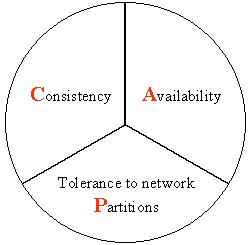Biomedical decision making involves multiple signal processing, either from different sensors or from different channels. In both cases, information fusion plays a significant role. A deep learning based electroencephalogram channels' feature level fusion is carried out in this work for the electroencephalogram cyclic alternating pattern A phase classification. Channel selection, fusion, and classification procedures were optimized by two optimization algorithms, namely, Genetic Algorithm and Particle Swarm Optimization. The developed methodologies were evaluated by fusing the information from multiple electroencephalogram channels for patients with nocturnal frontal lobe epilepsy and patients without any neurological disorder, which was significantly more challenging when compared to other state of the art works. Results showed that both optimization algorithms selected a comparable structure with similar feature level fusion, consisting of three electroencephalogram channels, which is in line with the CAP protocol to ensure multiple channels' arousals for CAP detection. Moreover, the two optimized models reached an area under the receiver operating characteristic curve of 0.82, with average accuracy ranging from 77% to 79%, a result which is in the upper range of the specialist agreement. The proposed approach is still in the upper range of the best state of the art works despite a difficult dataset, and has the advantage of providing a fully automatic analysis without requiring any manual procedure. Ultimately, the models revealed to be noise resistant and resilient to multiple channel loss.
翻译:生物医学决策涉及来自不同传感器或不同渠道的多重信号处理。 在这两种情况下,信息融合都起着重要作用。在这个工作中,为电脑脑图循环模式A阶段的分类,将基于深学习的电脑脑图频道的特征水平融合起来。频道选择、聚合和分类程序通过两种优化算法优化,即遗传高压和粒子Swararm 优化;通过将多电子脑图频道的信息从多个电子脑图频道中注入具有夜夜视前视和没有任何神经紊乱症的病人,在这种工作中,与艺术作品的其他状态相比,其难度更大。结果显示,两种优化算法都选择了相似的特征水平融合结构,由三个电脑图频道组成,这符合CAP协议,以确保多渠道对CAP检测的刺激。此外,两种优化模型到达接收器运行0.82特征曲线下的一个区域,平均准确度从77%到79 %不等,与神经紊乱症患者相比,这是相当困难的。 优化算法在高端分析中产生了一个最难的阶段。 提供最难的手法式分析。提出最难的手法。 提供最难的手法。




